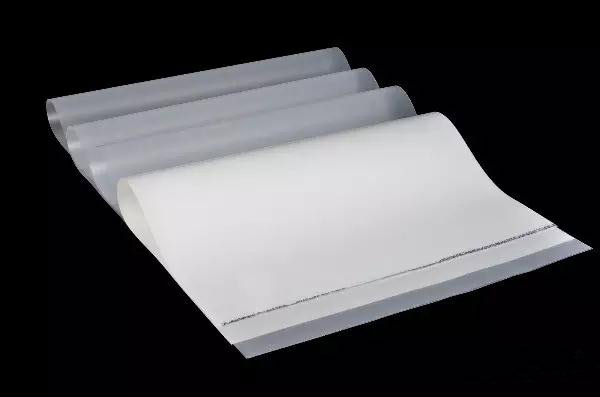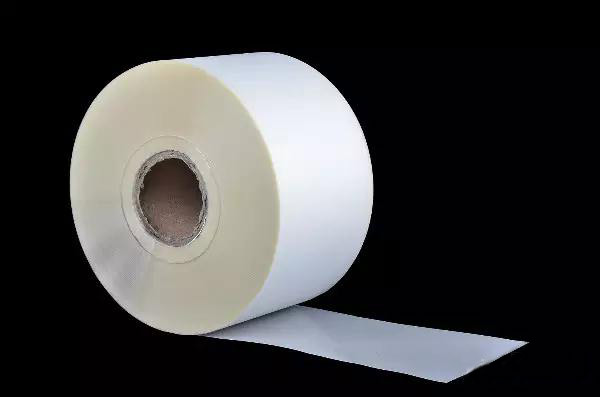- Product News
The ways for PET film cold peeling is too tight
2017-09-15 18:03:39
The ways for PET film cold peeling is too tight
With the development of Qingyi Heat Transfer Products, personalized demand is gradually revealed, PET film is divided into cold peeling and hot peeling, the processing plant and clothing heat press Workshop need to think about human cost, fabric adaptability and other issues, how to choose cold peeling and hot peeling film, this problem is still confusing us, now let us welcome the Qingyi company engineers, with 10 years for heat transfer experience, to give some solution!

Facing these problems, we must figure out why there is a cold peeling film?
Cold peeling have following advantages:
First, Cold Peeling Products can be a efficient working pattern,heat press and peeling away can work together, It can reduce the labor cost, while the hot peeling products have to peeling after heat press, have to form a flow chain, resulting high human cost.
Second, there are some special fabrics, such as tarpaulins, coated cloth and other fabrics, it’s very thin, and a coating is a colloidal material, so it just suitable to cold peeling. After heat press, the fabric has enough time to recover, make sure its adhesion, flatness; if use hot peeling products, it is easy to wrinkle, curved, which lead material to scrapped.

The cold peeling film are widely used, it will happen this problems as follow:
1, Peeling force is too tight: there are some reasons as follow in printing:
1) The printing pattern area is too large, while the glue viscosity and glue solvent penetration is very strong, leading to the formation of printing glue and release layer formation of seepage phenomenon. Leading peeling force is too tight, as well as discoloration, wrinkling, smell pungent and so on phenomenon.
Solution: pay attention to adjust the solvent ratio (main solvent, secondary solvent, auxiliary solvent), try to reduce the proportion of strong solvent. While adjusting the viscosity of the glue, increase the solid content, reduce the penetration strength.

2) Heat transfer ink viscosity is too low, dry impermeable. In the pratical production process, in order to improve efficiency and improve mobility, printing workers often reduce the viscosity of the ink. Although the adaptability of Heat Transfer Printing is solved, the efficiency is improved, but the side effects also following. This will cause the solvent in the ink penetrate into the layer, while increasing the difficulty of volatilization, finally leading all the solvent enclosed in the inner layer, forming a release layer, ink layer miscibility. After heat press, while we peeling, the bottom layer will be peeled together, that is why we felt the peeling force is very tight, and the surface is very rough, pungent odor, and even residual color.
Solution: to improve the viscosity of the ink to enhance the baking protection; If factory with good facility, you can “adopt printed one and bake one” pattern , to ensure that layers of dry.
3)Release film has tight force itself.
Test method: take the blanked film, put a film or 3M tape stick to the blanked film, do tensile testing, and feel it with hands. The factories with good equipment can test it with a common screw tension tester and then printed, that will avoid unnecessary losses.
In the normal production, not affect the integrity of the pattern and the surface effect of ironing is a benchmark for Qingyi to determine the product’s level and applicable object. Qingyi is equipped with 100,000 class non-dust room to strictly control the dust. In order to make sure the quality,we are purchasing the foreign advanced production equipment.In order to advance with the times, Qingyi invested heavily in 2013, after 3 years, developed 1185B, 1185B-1, 1186A, 1186B and other cold peel matte and glossy products, such products has medium peeling force (Peel strength of 0.5-1.0N), the surface effect is obvious, ink absorb is great, quality stability is very famous. Currently we sell our pet film all around the world, and win good comments from the users.